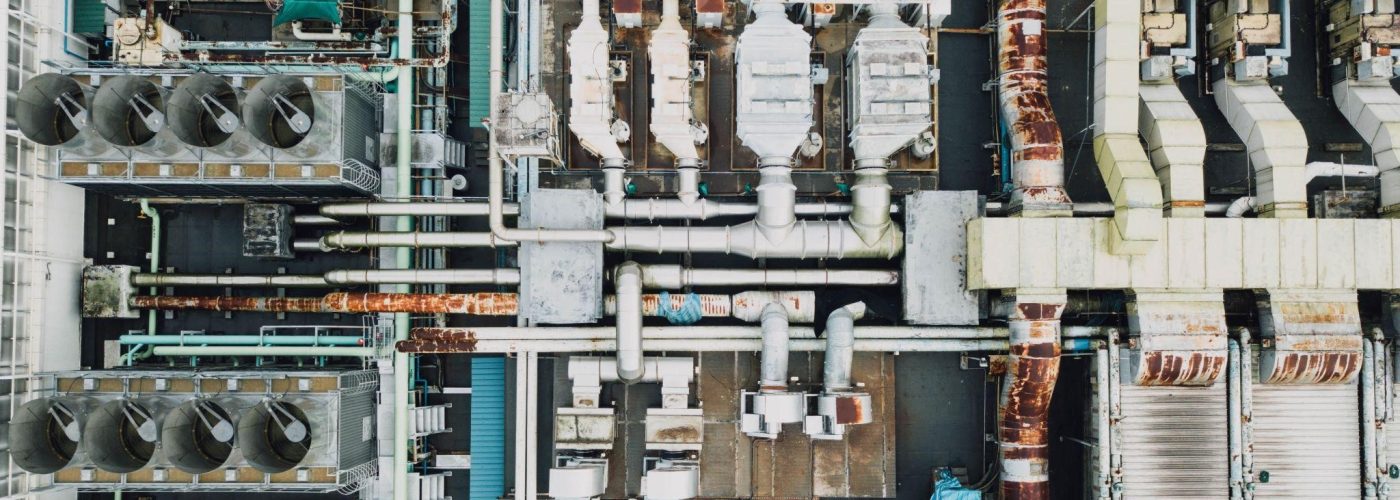Effective maintenance and management of equipment are the cornerstones of successful operations in a myriad of industries. Whether it’s a small mechanic’s shop, a large manufacturing plant, or a cutting-edge tech startup, the lifespan of equipment directly impacts productivity, cost-efficiency, and safety.
Technicians, as the primary individuals responsible for equipment maintenance, can make a significant difference by adhering to best practices that enhance equipment lifespan. This practical guide provides actionable insights that technicians across industries can apply to maximize their equipment’s operational life and performance.
Understanding Your Equipment
1. Comprehensive Equipment Knowledge
The first step towards maintaining any piece of equipment is understanding it thoroughly. Technicians should be familiar with every aspect of their equipment, including their working principles, operational parameters, components, and maintenance requirements. Comprehensive knowledge enables early detection of potential issues, timely troubleshooting, and informed decision-making on repair or replacement.
2. Manufacturer’s Guidelines
Always pay close attention to the manufacturer’s guidelines. These documents provide crucial information about optimal operating conditions, regular maintenance schedules, and warning signs of potential malfunctions. Adhering to these recommendations ensures the equipment operates within its designed parameters, prolonging its useful life.
Preventative Maintenance
1. Regular Inspections
Performing regular, detailed inspections is crucial to identifying potential issues before they amplify into severe problems. These inspections need to include a comprehensive visual examination, in-depth performance assessment, and a meticulous inspection of critical components.
Inspections should ideally surpass the manufacturer’s minimum recommendations, accounting for the fact that actual operational conditions could be significantly more challenging. The incorporation of predictive maintenance with continuous monitoring systems at this stage can provide invaluable insights. This approach enables operators to predict and pre-empt potential risks, significantly enhancing the longevity and reliability of the equipment.
2. Routine Servicing
Routine servicing plays an indispensable role in considerably extending the lifespan of equipment. This process should involve thorough cleaning, appropriate lubrication, timely replacement of worn-out parts, and meticulous adjustments of components as needed. Predictive maintenance systems can drastically improve this aspect of maintenance. By analyzing historical data and machine-learning algorithms, these systems can predict when parts will likely fail or need adjustment.
This ensures that service schedules are based on actual usage and wear, rather than arbitrary timelines, preventing unexpected breakdowns, reducing strain on parts, and maintaining optimal performance.
3. Condition Monitoring
Leveraging advanced technologies such as vibration analysis, thermal imaging, and oil analysis is an effective way to identify early signs of equipment deterioration. However, taking advantage of predictive maintenance systems can significantly enhance this process.
By consistently monitoring these conditions, predictive maintenance systems can identify subtle patterns and trends that may precede equipment failure. This allows technicians to act proactively, rather than reactively, saving significant time and costs associated with extensive repairs or replacements.
Sustainable Use of Equipment
1. Proper Operation
Even the most robust equipment can fail prematurely if not operated correctly. Technicians should ensure that all operators are trained to use the equipment as per the manufacturer’s guidelines. This includes not pushing the equipment beyond its operational limits, proper startup and shutdown procedures, and adhering to safety protocols.
2. Environmental Considerations
The surrounding environment can affect the lifespan of equipment. Factors like temperature, humidity, dust, and corrosive substances can accelerate wear and tear. Technicians should take these factors into account, adjusting the operation and maintenance strategies as needed.
3. Efficient Energy Use
Technologies with energy-saving features not only reduce operational costs but also decrease stress on the equipment, prolonging its lifespan. By promoting energy-efficient practices, technicians can enhance the sustainability and lifespan of their equipment.
Equipment Repairs and Upgrades
1. Timely Repairs
Never postpone necessary repairs. Delaying repairs can lead to further damage and even total equipment failure. Prompt attention to malfunctions ensures that equipment remains in good working condition and extends its useful life.
2. Quality Parts
When replacements are necessary, invest in quality parts. While these may cost more initially, they typically last longer and perform better, enhancing the equipment’s lifespan and reliability.
3. Upgrades and Retrofits
Sometimes, it might be more beneficial to upgrade or retrofit existing equipment rather than replace it entirely. Upgrades can improve performance, efficiency, and longevity. However, the decision should be made after a careful cost-benefit analysis and considering the equipment’s remaining life expectancy.
Sustaining Longevity and Productivity
Maximizing equipment lifespan requires a proactive and informed approach from technicians. Through a combination of comprehensive equipment knowledge, preventative maintenance, sustainable use, and timely repairs, technicians can greatly enhance the useful life of their assets.
Remember, prolonging equipment lifespan is not a one-time effort; it’s a continuous process of monitoring, learning, and adapting to the changing conditions and evolving technological landscape. By employing these best practices, technicians will not only improve their equipment’s lifespan but also contribute to cost savings, increased productivity, and enhanced workplace safety.





